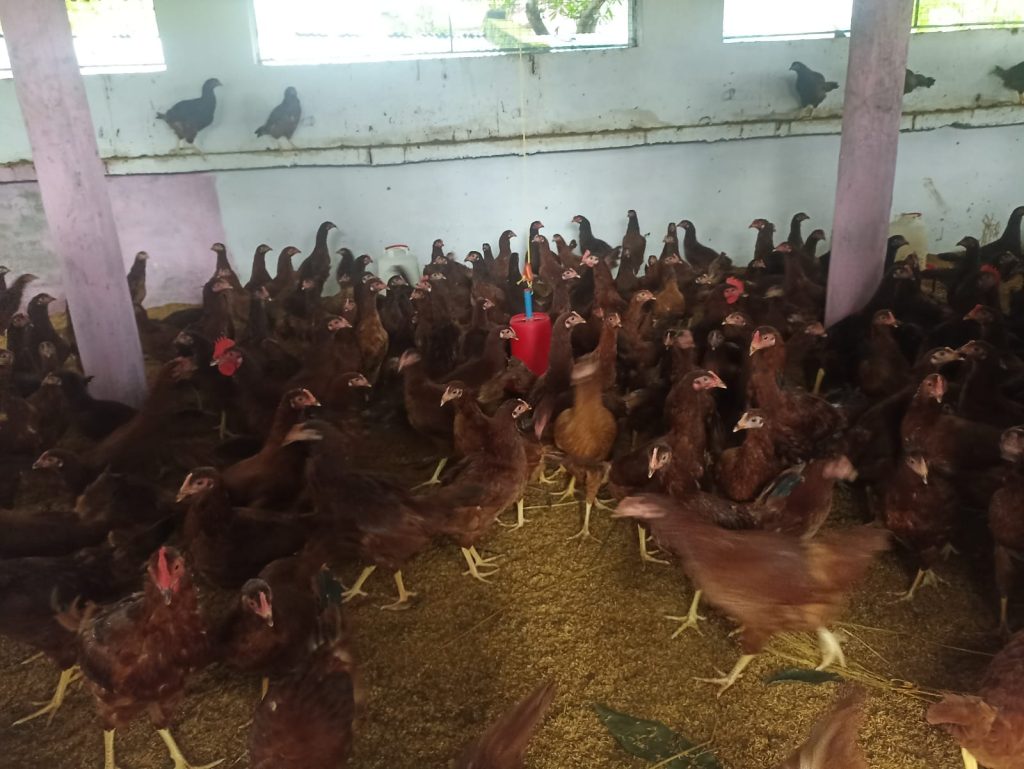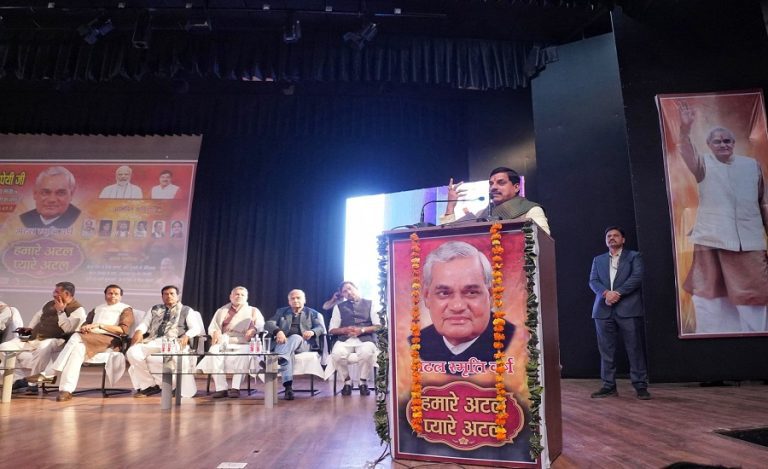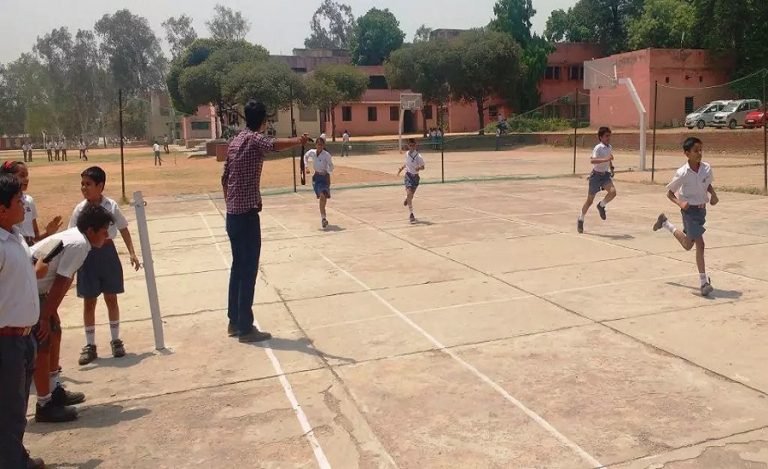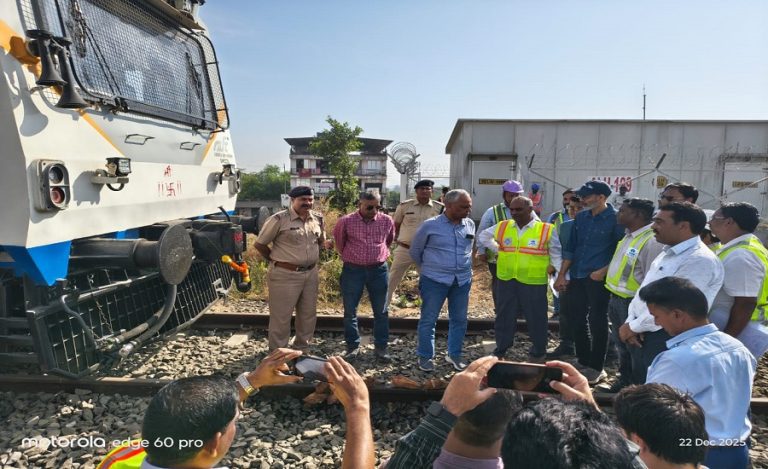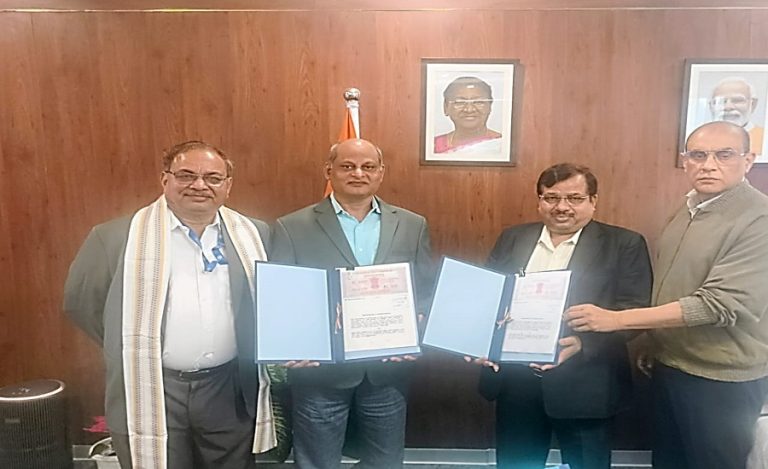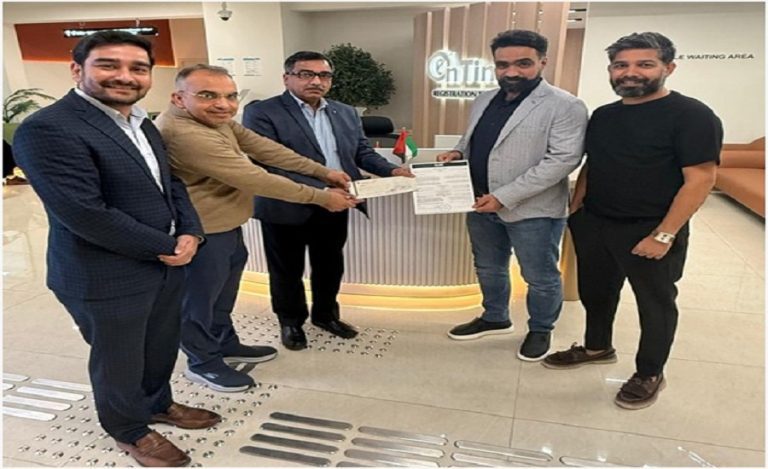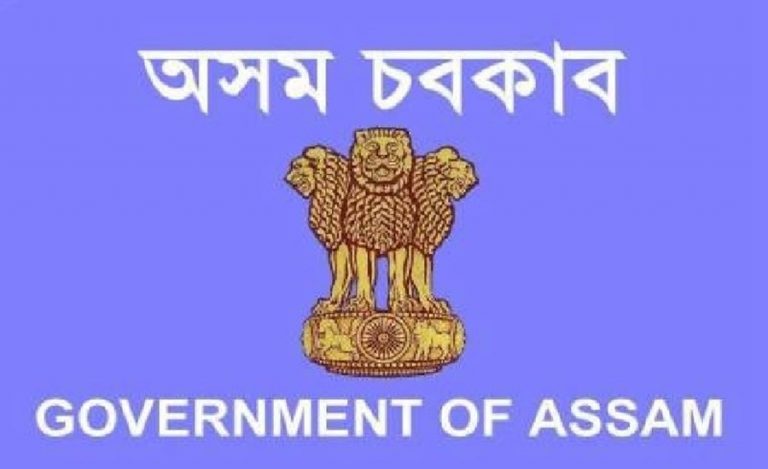A leading example of the successful implementation of the Odisha government’s 2022-23 project of implementing livelihood schemes for the vulnerable sections of society can be seen in the Gajapati district of the state. Here, under the Animal Resources Development Sector, the vision of enhancing farmer income through the convergence of three different departments is proving to be quite successful.
In an exclusive conversation with Indian Masterminds, the District Magistrate of Gajapati, IAS officer Lingraj Panda, and the Chief District Veterinary Officer, Girish Mohanty shared information about the same.
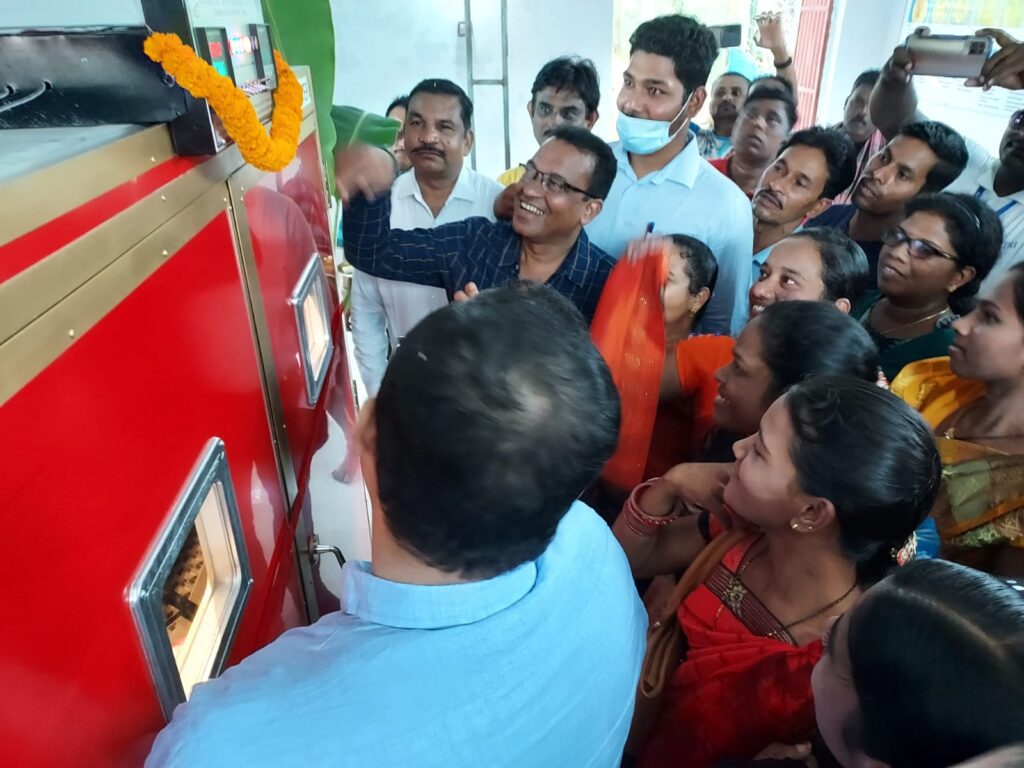
POULTRY FARMING IN HOME DISTRICT
The Animal Resource Department came together with Odisha Livelihood Mission (OLM) Department and Mission Shakti to help the Women Self Help Groups (WSHG) of the district in acquiring livelihood so that they can support their families and can become independent.
Eggs are considered to be the richest source of protein, especially for children, which is the reason why they are included in the meals of Anganwadi students. But owing to a shortage of eggs and their high prices, the number of eggs in their meals was reduced from three in a day to one. This further caused health issues such as anaemia in young kids, because of protein deficiency in their bodies.
“Approximately 1 lakh eggs were purchased on a daily basis from Andhra Pradesh, which cost around Rs. 7-8, causing an outflow of Rs. 7-8 lakh from the state daily. We wanted to bring this money back to the villages. So we converged all the three departments and started several backyard poultry and layer farms, depending upon the level of the village family’s skills,” Mr. Panda shared.
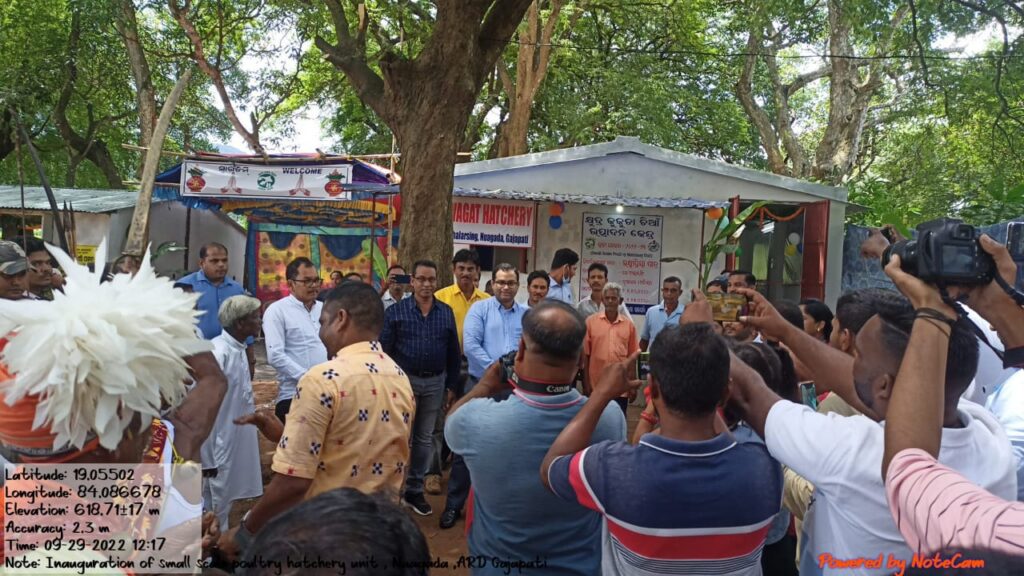
A SYSTEMATIC PROCESS
To promote poultry farming in the district and simultaneously employ WSHG into earning their livelihood, two ‘Mother Chick Rearing Units’, also called chicken breeding farms, are installed in a block. Over 180 hens and 20 cocks are being reared per farm for breeding. This enables the WSHG to acquire an average of 180 fertile eggs per day for hatching from a single shed, and in a week the number reaches over 2500 fertile eggs.
The next step was setting up a small-scale poultry hatchery in the district where the eggs are transferred every week, and after 21 days when the chicks hatch out of their eggs, they are shifted to another unit called the ‘Chick rearing unit’ where they are reared.
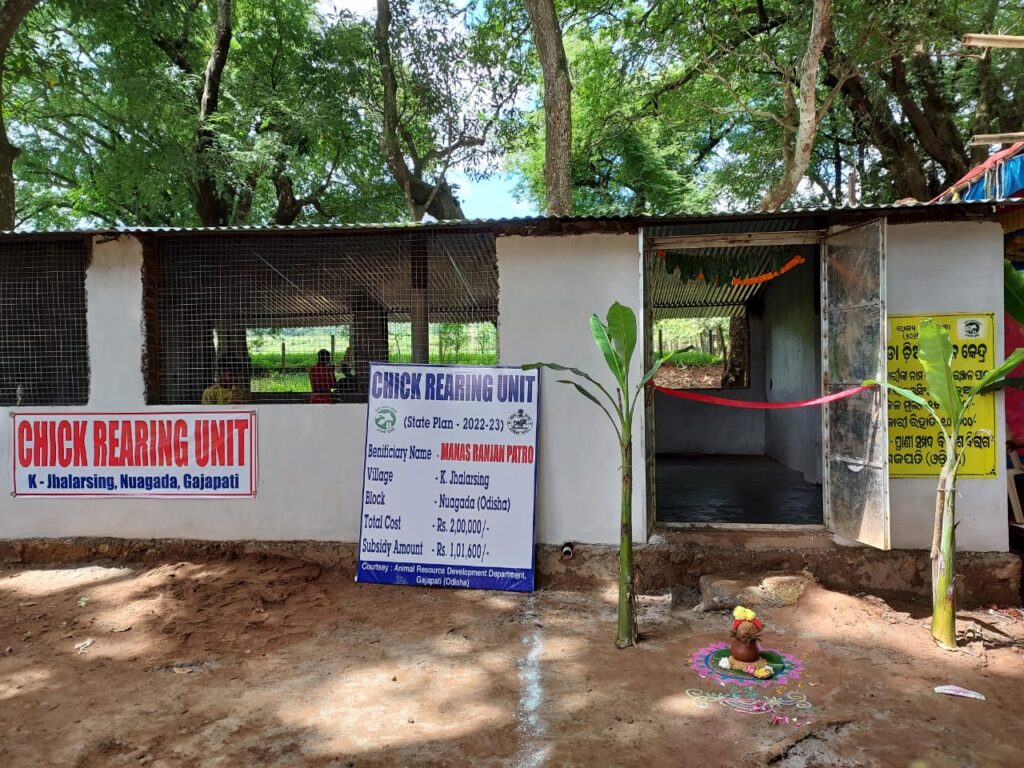
Here, hatched day-old chicks are reared for up to one month. After following all the necessary vaccination and medication protocols, for their health, the chicks are transported to rural local farmers for poultry rearing. The transportation cost is also reduced so that the chicks can be transferred at a low cost.
“This is done so that farmers and WSHG can get healthy 28 days old chicks for backyard poultry rearing. With this, they won’t have to depend on outsiders for the supply of chicks and eggs and can earn a livelihood for themselves. This is the first time that such an initiative has been launched in the country,” Mr. Panda told Indian Masterminds.
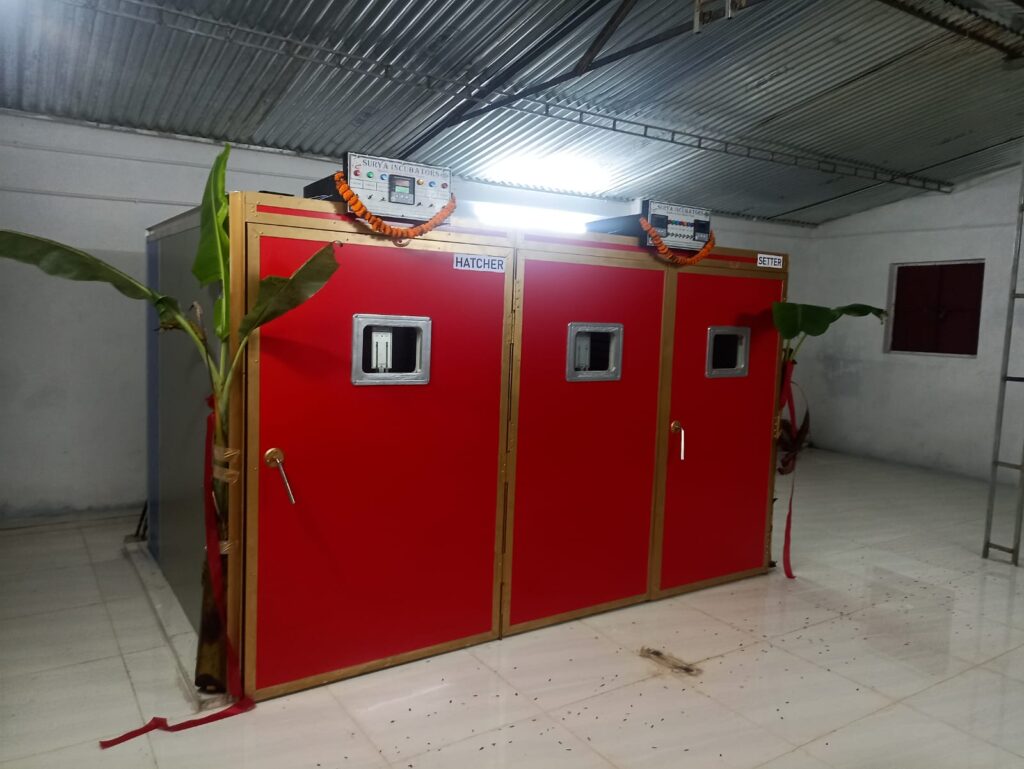
AZOLLA PRODUCING UNITS
Azolla or mosquito fern is a genus with seven species found in ponds, ditches, and wetlands throughout the world. Besides its utilization as a biofertilizer on a variety of crops, Azolla can be used as livestock feed. It is a good feed supplement for reducing feed costs and has the highest Benefit-Cost ratio in backyard poultry. Usually, it is fed to the birds for better body weight gain and for an increase in the fertility of chicken eggs.
As the cost of Azolla got increased, which was provided to the state by Andhra Pradesh, the officer decided to launch feed mills, which were also run by the WSHG. Now that the chicken feed is also being grown in the district itself, the cost of egg production has reduced drastically, making it the cheapest feed in the state, thus benefitting the poor farmers of the region.
“The quality of the feed grown in these units is top notch which has enabled an increase in the fertility and productivity of chicks and eggs,” shared Mr. Panda.
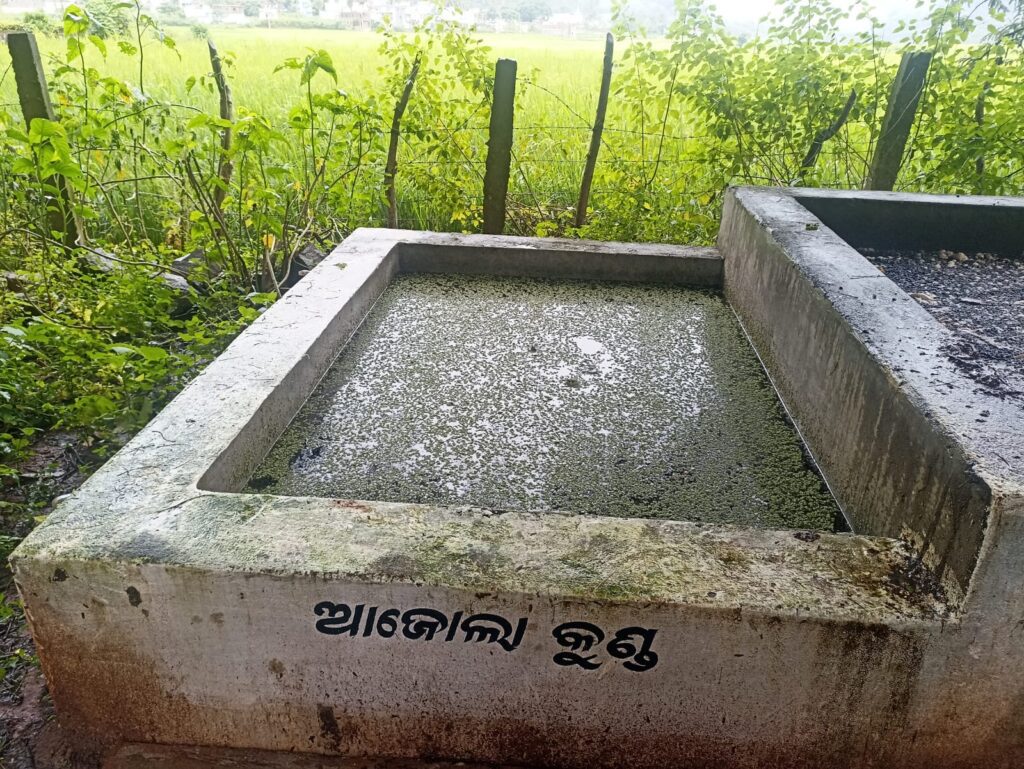
TEAM EFFORT
The entire initiative has been planned and brought into action by combining four schemes: Mukhyamantri Krishi Udyog Yojna (MKUY), Odisha Livelihood Mission, Mission Shakti, and Animal Resources Department.
This also marked the first time in the state that multiple schemes were converged into a single position to reduce the cost of operation. The entire village came and worked together, led by the district administration.
“By the end of this year, we will be achieving around 1 lakh eggs per day and the government procurement will happen from here itself. All the projects are financed by the bank as of now.”
REAPING BENEFITS
One of the most evident benefits of the initiative is the reduction of anaemic cases in the district. With increased production and consumption of protein-rich eggs, the health of WSHG and their families is improving, thereby bringing down anaemia.
Moreover, the women are now able to send their children to good colleges, as they are able to save money because of the initiative. Their children are now going to technical and engineering colleges, which will brighten their future and will help them in taking the next generation to the middle class.
Being one of the most migration-prone districts, Gajapati is now seeing reduced migration, as the people are not forced to leave their homes to earn well in other cities and states, since they can earn middle-class income right from their homes today.
“Even the Anganwadi children have started receiving proper egg intake with their meals, thrice a day, owing to the initiative. Now that the mothers of the children who need to consume eggs are themselves involved in the egg production business, we can see a significant fall in corruption related to this,” Mr. Panda told Indian Masterminds.
Mr. Panda’s thoughtful initiative of helping the farmers and women self-help groups with poultry farming is not only enabling them to enhance their income but is helping to boost the state’s economy as well.

